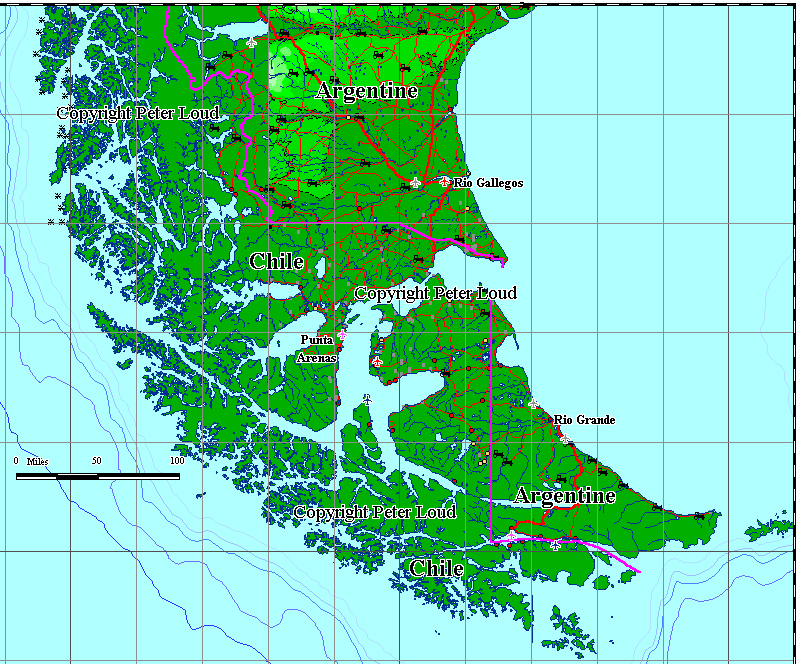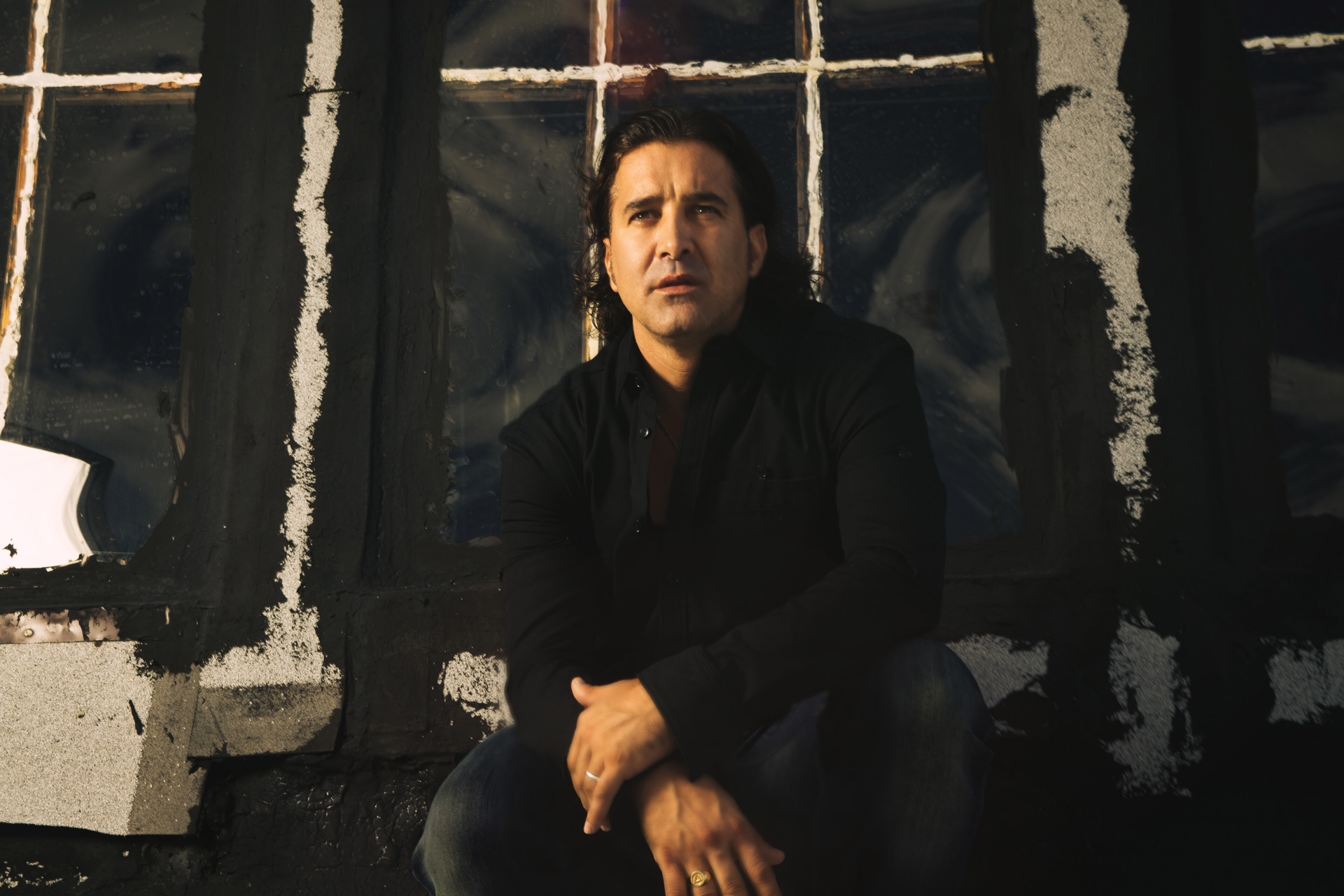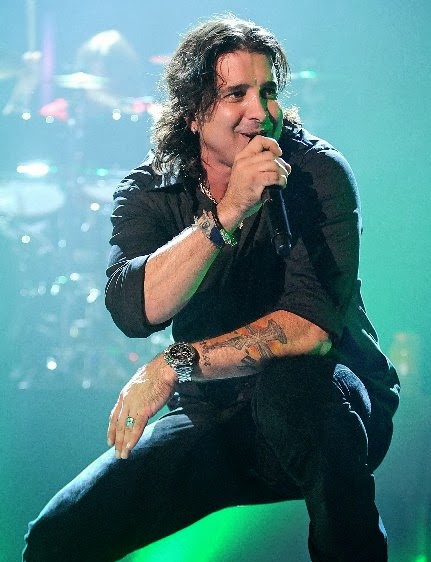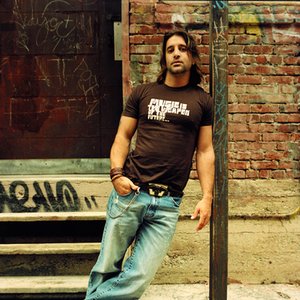In 1831, aged 22, Charles Darwin set sail on HMS Beagle for a voyage that would change his life and the way that we understand the world. Find out about the adventures that. Le Voyage du Beagle (The Voyage of the Beagle) est le titre le plus couramment donn au livre de Charles Darwin, publi en 1839 sous le titre Journal et Remarques (Journal and Remarks) et qui lui valut la clbrit ainsi que le respect de ses pairs. Charles Darwin was born into a moderately wealthy family in Shrewsbury, England. His father, Robert, had the largest medical practice outside of London at the time and his mother, Susannah Wedgwood, was from a family of wealthy pottery manufacturers. Bibliographie Charles Darwin 1839 Voyage d'un naturaliste autour du monde (Voyage of the Beagle) 1842 Structure et rpartition des rcifs coraliens (The Structure and Distribution of Coral Reefs) 1842 Esquisse au crayon de ma thorie des espces Charles Darwin's account of the momentous voyage which set in motion the current of intellectual events leading to The Origin of Species When HMS Beagle sailed out of Devonport on 27 December 1831, Charles Darwin was twentytwo and setting off on the voyage of a lifetime. Embarquez avec Charles Darwin bord du Beagle et revivez avec lui les 14 tapes de son voyage autour du monde. De dcembre 1831 octobre 1836 ce priple le mne dAngleterre au Brsil, de la Patagonie au Chili et aux les Galapagos, de Tahiti aux les Cocos, de lAustralie au Cap Plus de 300 photos, gravures et illustrations, des commentaires audios illustrent ce dossier CNRS. The Voyage of the Beagle, Part I. The offer of a position on the Beagle, which Charles received on August 30, 1831, came through his advisor, Henslow, at Cambridge. Henslow himself had been invited to be the naturalist for the ship, but had turned down the opportunity. Darwin was actually quite a religious fellow when he began his voyage on the Beagle (he was fresh out of divinity school). Aboard the ship, Darwin was known to quote passages from. 1 Darwins Voyage of Discovery Lesson Objectives State Charles Darwins contribution to science. Documents Similar To Answer the Charles Darrin Packet. The Beagle voyage The circumnavigation of the globe would be the making of the 22yearold Darwin. Five years of physical hardship and mental rigour, imprisoned within a ships walls, offset by wideopen opportunities in the Brazilian jungles and the Andes Mountains, were to give Darwin a new seriousness. Charles Darwin's Beagle library books; those most valuable of all valuable things Darwin to Catherine Darwin 1833. The voyage of the Beagle ( ) was one of the most important scientific expeditions in history. On board was the young naturalist Charles Darwin. His investigations would change science and the world forever. The shells in this specimen drawer were collected by Charles Darwin during the voyage of the HMS Beagle. Darwin returned to England in 1836. A highly methodical scholar, constantly collecting and observing, he spent many years comparing and analysing specimens before finally declaring that evolution occurs by a process of natural selection. Charles Darwin and the voyage of the Beagle. The autobiography of Charles Darwin. With the original omissions restored. Edited and with appendix and notes by his granddaughter Nora Barlow. Listen to a simulated soundscape from the Beagle voyage. In 1831, Charles Darwin received an astounding invitation: to join the HMS Beagle as ship's naturalist for a trip around the world. Alors que Darwin est toujours en voyage, Henslow travaille faire connatre son ancien lve en communiquant des naturalistes minents des exemplaires de fossiles et une brochure de Darwin contenant ses lettres sur la gologie [17. Beginning on the 27th of December, 1831, the voyage lasted almost five years and, as FitzRoy had intended, Darwin spent most of that time on land investigating geology and making natural history collections, while the Beagle surveyed and charted coasts. Today, Darwins finches are under attack from an introduced parasitic fly. Earthwatch volunteers helped to catch finches in mist nets (thin nets invisible to birds), measured them, took genetic samples, and recorded damage caused by the parasite before setting them free. Almost 180 years after Charles Darwin's journey around the world, his great granddaughter and a crew of authors, artists, and scientists follow in his footsteps. The Voyage of the Beagle, Darwins own account of the fiveyear expedition, gives a more complete picture of Darwins thought and his engagement with the natural world. Darwins trip was a long one, spanning the Atlantic and the Pacific, and throughout the entire trajectory, the naturalist tirelessly recorded everything, from the. Read and learn for free about the following article: Charles Darwin's evidence for evolution If you're seeing this message, it means we're having trouble loading external resources on our website. If you're behind a web filter, please make sure that the domains. For Charles Darwin, the most important part of the journey was the time spent in the Galapagos Islands. These islands are the home to plants and animals that cant be found anywhere else in the world. Darwin noticed that each of the. The Voyage of the Beagle is a collection of many of Darwin's journals, and he arranged the entries in this book by geographical area rather than by time. Make a list of the longitude and latitude. Charles Darwin, aged about 45 Charles Robert Darwin (12 February 1809 19 April 1882) was an English naturalist. [1 He was born in Shrewsbury, Shropshire. Darwin became seasick almost immediately and started to have second thoughts about the voyage. FitzRoy had a more optimistic view on things: Never, I believe, did a vessel leave England better provided, or fitted for the service she was destined to perform, and for the health and comfort of her crew, than the Beagle. Darwin was first named in 1839 by John Lort Stokes during the third voyage of the Beagle. It was named after his former shipmate and famous naturalist Charles Darwin. Darwin's development was accelerated by the discovery of gold at Pine Creek, about 200 km south of the city in 1871. Charles Darwin's Travels on the HMS Beagle. When Darwin reached the Galapagos Islands in September 1835, he was certain that the archipelago had rather recently risen from the. of gigantic landanimals embedded in it. These have been fully described by Professor Owen, in the Zoology of the voyage of the Beagle, and are deposited in the College of Surgeons. Charles Robert Darwin was born in Shrewsbury, Shropshire, on 12 February 1809, at his family's home, The Mount. He was the fifth of six children of wealthy society doctor and financier Robert Darwin and Susannah Darwin (ne Wedgwood). He was the grandson of two prominent abolitionists: Erasmus Darwin on his father's side, and Josiah Wedgwood on his mother's side. A rather unmotivated and failing medical scholar, Charles Darwin accompanied Captain Robert Fitzroy as a travel companion and naturalist on the HMS Beagle. His book the Voyage of the Beagle is an account of his worldwide journey. Timeline of Darwin's voyage in the Galapagos. Charles Darwin's grandfather, Erasmus Darwin, was a doctor whose talk of transmutation the word for, essentially, evolution led to Erasmus being discredited and shamed, giving Charles a fear of public censure and leaving him slow to publish his works. Darwin and the voyage of the Beagle KS23 trail The ships mission was to map and survey some of the seas of South America. Darwin was the ships naturalist, collecting and recording the species they found. Find the hummingbirds in Gallery 1, Case 24. THE VOYAGE OF THE BEAGLE CHARLES DARWIN. The Beagles voyage lasted almost five years, starting on December 27 th, 1831 from Plymouth bay. Captain Fitzroy on command of the ship had offered Darwin the opportunity to travel in the boat collecting scientific information and species. These activities explore Darwins life changing voyage aboard HMS Beagle. Using letters home, Darwins packing lists and colour charts, pupils consider the preparation for and demands of a long sea voyage and increase their comprehension, vocabulary, creative writing and design skills. Le Pannonica et le Musum dHistoire Naturelle de Nantes sassocient afin de proposer le concert Darwin voyage Alfred Russel Wallace was an admirer of Darwin's. Inspired by the Beagle voyage, Wallace set off travelling. He independently arrived at a theory of natural selection and wanted Darwin's advice on. HMS Beagle left England for her second voyage on 27 December 1831 tasked with surveying the southern coast of South America. She was captained by Robert FitzRoy, and carried a young Charles Darwin onboard as the ships naturalist. what was the original purpose of Darwins voyage on the H. Beagle, and what was the ultimate significance of the Voyage? The original purpose of Darwins voyage was to learn and discover more about biology and to gain insight on plant and animal species. Darwins Voyage of Discovery To say that Darwins journey aboard the Beagle and time spent at sea was not lifechanging would be an understatement. Zabel explains who Charles Darwin is as a person and as a scientist. He also takes you on the Voyage of the HMS Beagle. Charles Darwins fiveyear voyage in the early 1830s on H. Beagle has become legendary, as insights gained by the bright young scientist on his trip to exotic places greatly influenced his masterwork, the book On the Origin of Species. 1831: Events leading to the Voyage The Napoleonic Wars South American trade relations The Hydrographic Office Early H. Beagle history About the second Beagle Survey The search for a Naturalist Charles Darwin receives a letter. Charles Darwin: Complete text of The Voyage of the Beagle. You can dismiss the support request pop up for 4 weeks (28 days) if you want to be reminded again. Or you can dismiss until our next donations drive (typically at the beginning of October). Darwin's own account of the, now almost legendary, five year voyage of the Beagle is an entertaining, illuminating and fascinating read. Darwin writes with such enthusiasm that it's difficult not to be swept up in the journey and the remarkable things he witnessed and studied as he circumnavigated the globe. Charles Darwin was born in Shrewsbury, England in 1809. At 16 he studied medicine at Edinburgh University. He found out that surgery was not his calling and started studying to be a clergyman at Christ College, Cambridge. December 27, 1831 October 2, 1836. Charles Darwin, the main proponent of the theory of evolution based on natural selection, built up much of his evidence for this theory during a fiveyear voyage around the world. Beagle was instrumental not only in the establishment of his theory, but also in the. THE VOYAGE OF THE BEAGLE Charles Darwin. Darwin, Charles ( ) The V oyage of the Beagle (1839) A journal in which Darwin recorded his observations on natural science throughout his long journey on the Beagle ( ), a journey he would later call the most important event in his life. Watch videoCharles Darwin was born on February 12, 1809, in the tiny merchant town of Shrewsbury, England. Family A child of wealth and privilege who loved. Charles Darwin is known as the father of evolution. When he was a young man, Darwin set out on a voyage on the HMS Beagle. The ship sailed from England in late December of 1831 with Charles Darwin aboard as the crew's naturalist..











